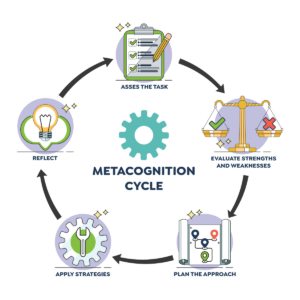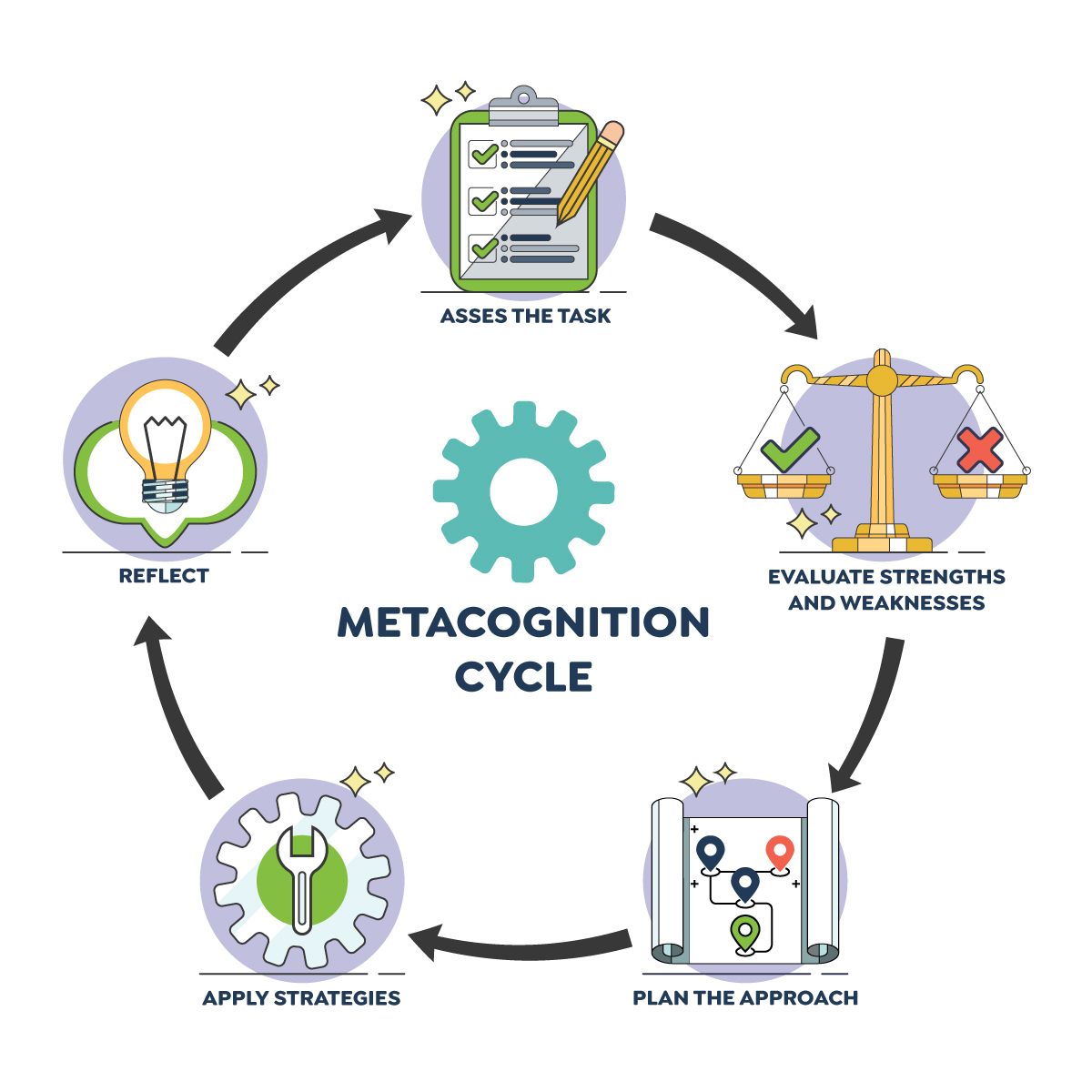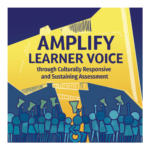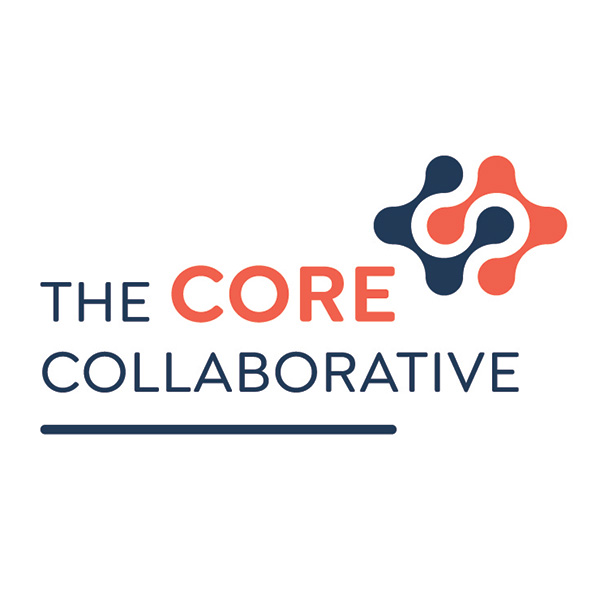In a world that demands adaptability, creativity, and critical thinking, metacognition is not just a skill—it’s a superpower. And the best part? It’s a superpower every learner can develop with deliberate practice. Let’s explore how embracing metacognition can transform not only how we learn but how we live.
The ability to think about one’s thinking—metacognition—has become an essential skill for learners. Metacognition enables students to understand how they learn best, monitor their progress, and adjust their strategies for success. However, there exists a significant yet often overlooked issue: the metacognitive equity gap.
By integrating metacognitive questions and the metacognitive cycle into everyday instruction, educators can empower students to take ownership of their learning, build resilience, and ultimately close the equity gap in education.
Understanding the Metacognitive Equity Gap
The metacognitive equity gap refers to the disparity in students’ abilities to engage in metacognitive practices, often due to differences in access to resources, instructional practices, and teacher expectations. This gap can significantly impact students’ learning outcomes, especially for those from historically marginalized communities.
Students who are not routinely exposed to metacognitive strategies may struggle with self-assessment, goal setting, and problem-solving, all critical components of academic success. This gap can perpetuate inequities, making it imperative for educators to intentionally teach and scaffold metacognitive practices.
 The Metacognitive Cycle
The Metacognitive Cycle
The metacognitive cycle is a continuous process that involves planning, monitoring, and evaluating one’s learning. This cycle helps learners develop a deeper understanding of their cognitive processes and become more effective in their studies.
- Planning: Before beginning a task, students set goals and choose appropriate strategies. They anticipate potential challenges and consider how they might address them.
- Monitoring: As they engage in the task, students continually check their understanding and adjust their strategies as needed. This self-regulation is key to effective learning.
- Evaluating: After completing the task, students reflect on what they learned and how they approached the task. They consider what strategies were effective and what they might do differently in the future.
The Role of Metacognitive Questions
Metacognitive questions are powerful tools that can help close this equity gap. These questions guide students to reflect on their learning processes, understand their strengths and areas for growth, and develop strategies to overcome challenges. By consistently integrating metacognitive questions into classroom practice, educators can empower all students to become more self-aware and independent learners.
Here are some examples of metacognitive questions that can be used across different phases of the learning process:
1. Before Learning:
- What do I already know about this topic?
- What strategies have I used in the past that might help me with this task?
- What is my goal for this learning activity?
- How will I know if I have succeeded?
2. During Learning:
- Am I understanding what I am learning?
- What can I do if I get stuck?
- Is my current strategy working, or do I need to try something different?
- How am I keeping track of my progress?
3. After Learning:
- What did I learn from this activity?
- What worked well, and what could I improve next time?
- How can I apply what I’ve learned to future tasks?
- What did this task teach me about how I learn best?
Infusing Metacognitive Practices to Address Equity
To close the metacognitive equity gap, it is essential for educators to provide all students with regular opportunities to engage in the metacognitive cycle. This can be achieved by:
- Explicitly Teaching Metacognitive Strategies: Introduce and model metacognitive questions and strategies in the classroom. Use think-alouds to demonstrate how to apply these strategies during different phases of learning.
- Creating a Reflective Classroom Culture: Encourage students to regularly reflect on their learning experiences. Incorporate reflective journals, peer discussions, and self-assessment tools to make reflection a routine part of learning.
- Differentiating Support: Recognize that students may need varying levels of support in developing metacognitive skills. Provide scaffolds, such as graphic organizers or prompts, to help students engage with metacognitive practices at their own pace.
- Building Metacognitive Awareness Across Disciplines: Integrate metacognitive practices across subjects, helping students see the relevance and applicability of these strategies in different contexts.
Addressing the metacognitive equity gap is crucial for fostering an inclusive learning environment where all students have the tools to succeed. By integrating metacognitive questions and the metacognitive cycle into everyday instruction, educators can empower students to take ownership of their learning, build resilience, and ultimately close the equity gap in education.
Metacognition: The Secret Ingredient
Metacognition is the secret ingredient that separates surface-level understanding from deep, meaningful learning. It’s the spark that ignites curiosity, the compass that guides students through challenges, and the mirror that reflects growth and potential. When students tap into the power of metacognition, they unlock a new level of self-awareness, one that empowers them to navigate not just the classroom, but life itself with confidence and resilience.
Read more about metacognition in the one-of-a-kind Mimi & Todd Press Book, Amplify Learner Voice through Culturally Responsive Assessment.




